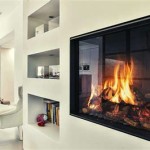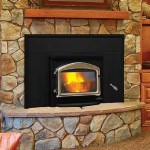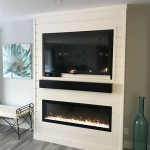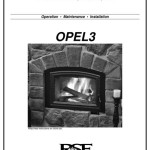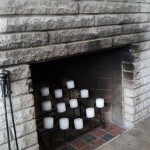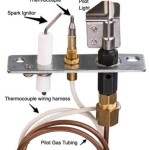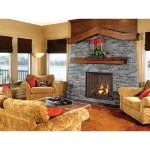New Construction Wood Burning Fireplaces: A Guide to Planning and Installation
A wood-burning fireplace can add warmth, ambiance, and a sense of history to a newly constructed home. However, incorporating one into your building plans requires careful consideration and planning. This article will explore the key aspects of building a new construction wood-burning fireplace, guiding you through the process from initial design to final installation.
Planning Your Fireplace
Before engaging in any construction work, it's crucial to have a clear plan for your fireplace. This includes determining its location, size, and style.
Location: Consider the flow of your home, proximity to structural elements, and the desired visual impact. A fireplace in the living room typically serves as a focal point, while a fireplace in the bedroom can create a cozy atmosphere.
Size: The size of the fireplace should be proportionate to the room and your heating needs. A smaller fireplace may suffice for a cozy den, while a larger fireplace is better suited for a spacious living room.
Style: The style of your fireplace should complement the overall aesthetic of your home. Options range from traditional brick fireplaces to contemporary designs with sleek lines and modern materials.
Construction and Installation
The construction and installation of a wood-burning fireplace are complex processes that should be handled by experienced professionals.
Fireplace Construction: Building a fireplace involves creating a sturdy structure that can withstand the heat and weight of the firebox. This typically includes a foundation, hearth, firebox, and chimney.
Chimney Installation: The chimney is a critical component of a wood-burning fireplace as it safely vents smoke and gases. A properly installed chimney ensures efficient combustion and prevents potential hazards such as creosote buildup and chimney fires.
Firebox Installation: The firebox holds the fire and needs to be constructed with fire-resistant materials. It's important to ensure the firebox is properly sealed and insulated to minimize heat loss and prevent potential fire hazards.
Important Considerations
Several factors need to be considered when installing a new construction wood-burning fireplace.
Building Codes and Regulations: Building codes and regulations vary by location and need to be adhered to strictly. These codes address safety, fire prevention, and environmental concerns.
Energy Efficiency: Modern wood-burning fireplaces can be surprisingly energy-efficient. Look for models with features like insulated fireboxes, efficient combustion technologies, and airtight doors to maximize heat output and minimize fuel consumption.
Maintenance: Wood-burning fireplaces require regular maintenance to ensure safe and efficient operation. This includes cleaning the chimney, inspecting the firebox, and checking for any structural issues.
Environmental Impact: Wood-burning fireplaces contribute to air pollution, so it's crucial to choose eco-friendly fuels and ensure proper combustion. Consider using seasoned hardwood, which burns cleaner and more efficiently.

Wood Burning Fireplace In New Construction Portland

New Wood Burning Prefab Fireplaces Complete Fireplace Installs

Home Projects New Construction Wood Stove Installation Auburn Energy Center

Home Projects New Construction Wood Stove Installation Auburn Energy Center

New House Update Plumbing Hvac Electrical And Fireplace Wildfire Interiors

New Wood Burning Prefab Fireplaces Complete Fireplace Installs

All About Prefabricated Fireplaces Chimney Savers

Can You Put A Log Burner Into New Build Home Elb Fireplaces

Rais 60 Insert Wood Fireplace For

Install A New Wood Fireplace Pensacola Destin Showrooms
Related Posts


